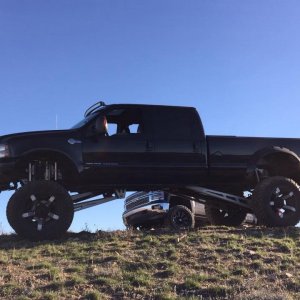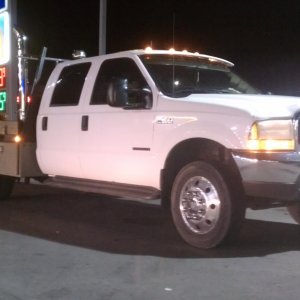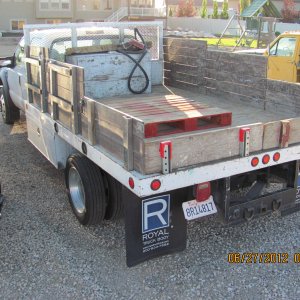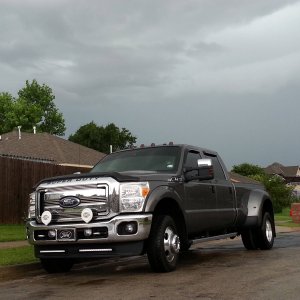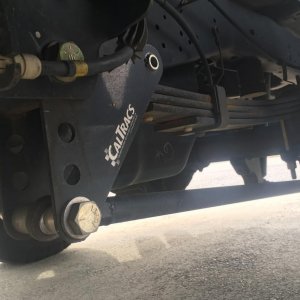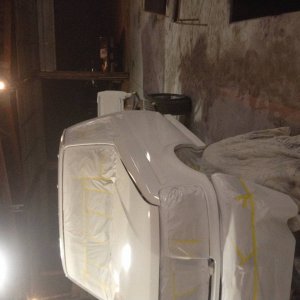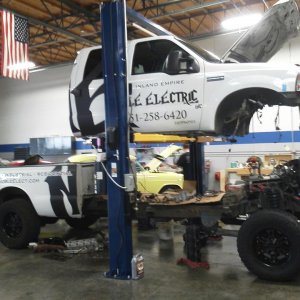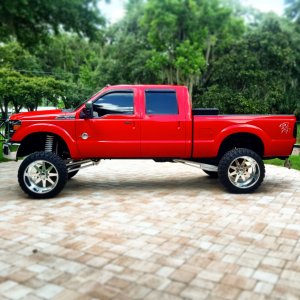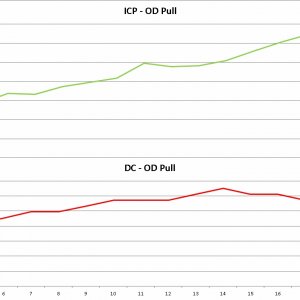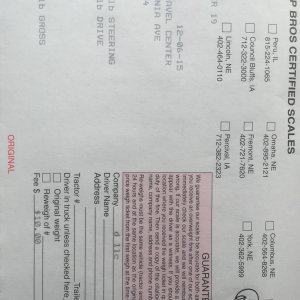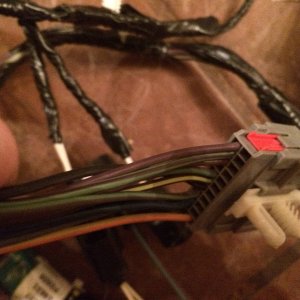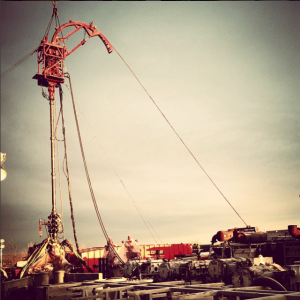One thing to consider, when playing with airflow simulation, is the firing order of the engine and how it effects the airflow in the intake. For example, say back by cylinders 6 and 8 (which happen to fire one after the other) when you're at higher rpms. I always figured the firing order was the reason the early intakes had the crossover in the rear, to help feed cylinder 8 equally at higher rpm. ( but that's just a guess on my part, because it made sense to me) Balanced flow, or as close as possible, to each runner is a main goal.
Plenum volume is definitely beneficial to boosted engines. It's like a bigger tank on you're air compressor. I've read this in muliple books by people far more educated on the subject than I am. I have also read that runner length is not as critical on turbo/supercharged engines as it is to n/a engines, due to the fact that our pressure will give us adequate velocity in most cases. I've seen some turbocharged intake designs that had the intake runner itself, start higher inside (right below the centerline of the overall plenum height) instead of off the floor of the plenum to take advantage of this less turbulent, more consistenly dense area as a way to gain equal flow to each runner. Just different things I've come across in intake designs and books about them that might be worth considering.




